googleatap
Latest

Fashion and technology will inevitably become one
There's no denying that the technology world is obsessed with fashion. Amazon, Apple and Google, three of the biggest names in tech, are all trying to carve their own path into the fashion space. Apple's doing so with fancy smartwatches; Amazon with a shopping platform and voice-controlled cameras; and Google with conductive fabrics embedded in a smart jacket made by Levi's. And the interest is mutual. Fashion designer Karl Lagerfeld, Chanel's creative director, has expressed his love for tech by experimenting with partially 3D-printed pieces and runway shows that simulate a rocket launch. He's not the only one either. Zac Posen, with help from fashion house Marchesa, worked with IBM's Watson supercomputer to create a cognitive dress that lights up and changes colors based on activity on social media.
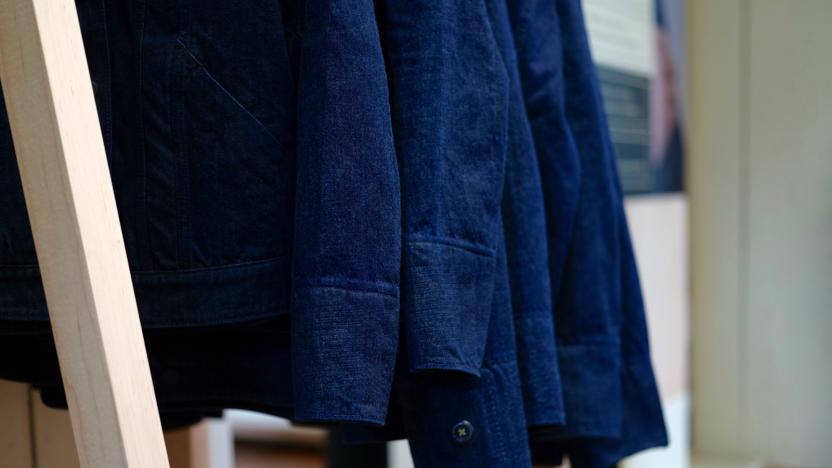
The Levi's Commuter smart jacket has a ton of promise
Google's mission with its Advanced Technology and Products group is to create innovations like Project Jacquard, which can turn objects into interactive, gesture-controlled surfaces. With the Levi's Commuter jacket, introduced in 2016, the technology comes to life through a conductive fabric and a Bluetooth device that attaches to the garment. The connected area consists of 15 threads on the left sleeve, just visible enough for you to know where to touch to trigger actions from a paired smartphone.

The smart jacket from Google and Levi's arrives this fall for $350
It's been nearly two years since Google and Levi's announced their plans to work on connected garments, an idea born out of the tech giant's Advanced Technology and Products group. The first piece of this project is a connected jacket called the Commuter, which uses Google's Jacquard technology to turn its denim fabric into a gesture-controlled canvas. Although we knew it'd be launching as a consumer product eventually, until today both the price and ship date were unknown. But at SXSW, during a panel titled Beyond the Screens: the Ubiquity of Connectivity, Google and Levi's revealed that the smart trucker jacket will arrive this fall for $350.
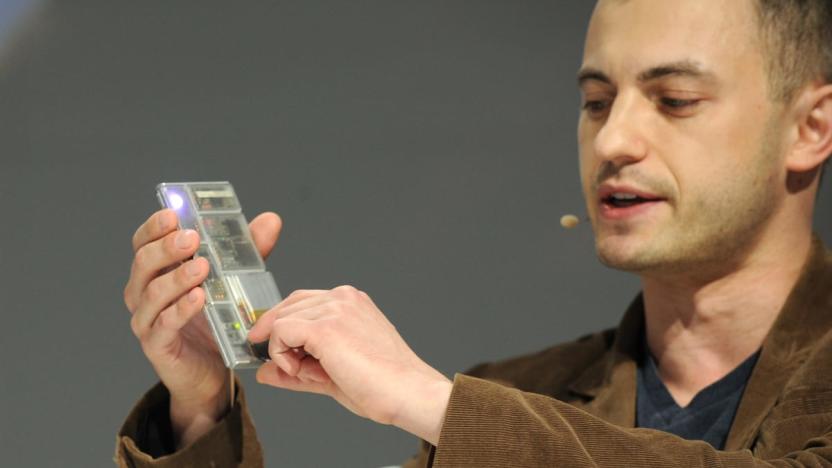
Project Ara will 're-route' market pilot for its modular smartphone
After going a while between updates, Project Ara has sent out a confusing series of tweets suggesting plans for the modular smartphone could change. We don't know if this has anything to do with the recent Google / Alphabet restructuring, but its official Twitter account says the team has been busy "making stuff", and that details on a "Market pilot re-route" are coming soon. We were expecting to see the Google-backed platform debut in Puerto Rico, but that is no longer a certainty. The account finished up by saying "this is not a goodbye" to the island, and left us awaiting further updates next week. Given recent events, we guess it's good to know the lights are still on, but anyone waiting for the chance to piece together their own smartphone will have have to stay tuned. [Image credit: Bryan Bedder via Getty Images]

Watch Google's Project Ara modular phone conference right here
Want to know what Google and partners are cooking up for the next wave of Project Ara, their initiative to develop modular smartphones? You have an easy way to find out: Google is streaming its Project Ara conference live. The Mountain View event is bound to include a few treats, whether it's more advanced (or at least cheaper) prototypes, new modules and other updates. Tune in below and you might just learn about the future of mobile technology before your friends.

Five questions for the creator of Google's modular smartphone
It's been just over a year since Google's Advanced Technology and Projects (ATAP) division announced Project Ara, a full-scale effort to produce the world's very first modular smartphone. The team has been working hard and fast to get a unit on the market before the end of its two-year mission, and it's progressing quite nicely: We recently saw a functional "Spiral 1" prototype running on Android, and the next version -- "Spiral 2" -- should be getting into developers' hands later this year. Paul Eremenko, who heads up the Ara team, will be onstage at Engadget Expand with me for a live demonstration and fireside chat. We'll catch up on how things are progressing, how Ara has evolved since its inception, the most interesting use cases for a modular smartphone he's seen so far and also discuss the next Developer Conference, scheduled for January 14th, 2015, in Mountain View, California. In anticipation of his appearance at Expand, I reached out to Eremenko for a quick Q&A about Ara.
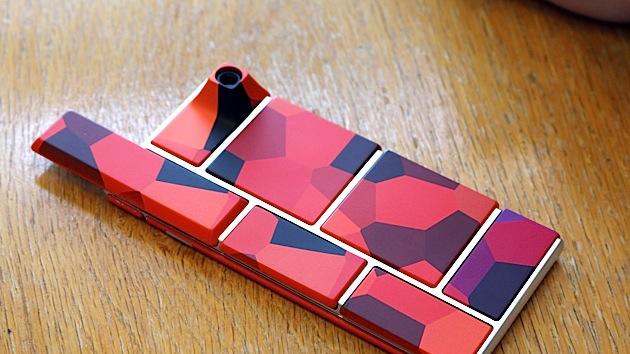
Google's modular phone gets cheaper thanks to a new processor
One of the biggest challenges behind Google's modular Project Ara phone platform has been getting processors to play nicely with the technology. How do you let someone swap out the very heart of their device as easily as they would a memory card? By creating a CPU for that very purpose, that's how. Rockchip has started work on a system-on-chip with modular tech built-in; your phone won't need any bridge chips or other special tricks to let you switch processors on a whim. You won't see the hardware in action until a Rockchip-based Ara prototype arrives in early 2015. However, the plans show that Google's vision of a completely upgradable handset is both feasible and potentially inexpensive. Don't be surprised if some of the earliest Ara phones (or rather, their parts) easily fit within your budget.

Two years to Tango: the race to finish Google's 3D-mapping tablet
Speck Design's clientele has ranged from Apple to Samsonite to Fisher-Price in its history, and now it can add Google to the list of high-profile companies. But Google -- or its Advanced Technologies and Projects (ATAP) division, to be more specific -- is no ordinary client. The group is modeled after DARPA, which divides its agency into teams, with each one given a limited time to solve a pressing issue. Nearly a year and half ago, ATAP reached out to Speck, led by industrial designers Jason Stone and Vincent Pascual, with one such task: Build a tablet like no other. The project is known as Tango. Its goal is to create technology that lets you use mobile devices to piece together three-dimensional maps, thanks to a clever array of cameras, depth sensors and fancy algorithms. As if that isn't enough of a challenge, Tango's team only has two full years to make this tech a reality. Those two years will be up in less than five months.
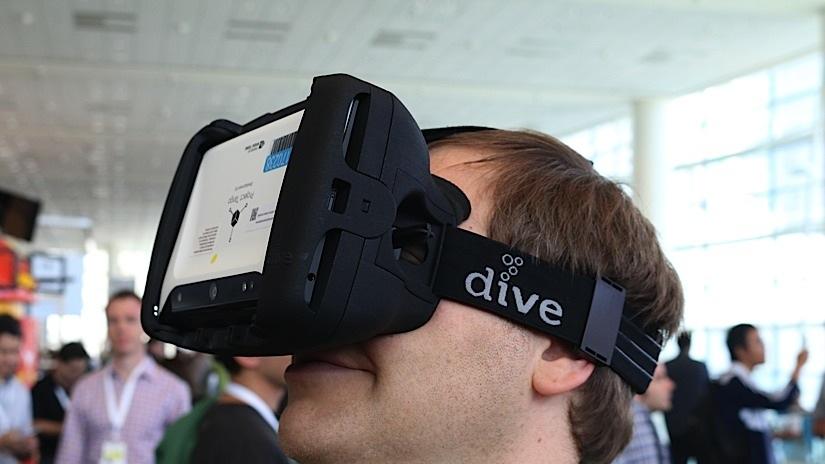
Swim with the fishes using Project Tango and a head-mounted display
For a few minutes, I saw the Moscone Center -- and everyone inside it -- under water. Sharks and small fish even swam past me as if I wasn't there. And then, all of a sudden, I stood up straight and discovered that I'd poked my head above the waves. This experience, which is a virtual fish tank developed by 360World, was made possible by Google's Project Tango tablet and the Durovis Dive 7, an Oculus Rift-like contraption. It utilizes Tango's cameras, motion detectors and sensors to give you a sense that you are floating around with the fishes -- no snorkel or SCUBA gear required, of course.

LG partners with Google's Project Tango to make consumer product next year
Google's Advanced Technology and Projects division has been hard at work on its 3D-mapping project, known as Tango, since early 2013. In this time, we've seen the team rapidly progress its efforts by introducing a smartphone and tablet specifically for developers to construct their own apps that take advantage of the cameras and sensors inside. That said, we weren't expecting to hear about a consumer-facing Tango product for quite a while, so it came as a surprise when Google announced that it's working with LG on a device that will be available to the public sometime next year. There were no details about whether this product will be a smartphone, tablet or neither, but the partnership is likely still in the early stages.
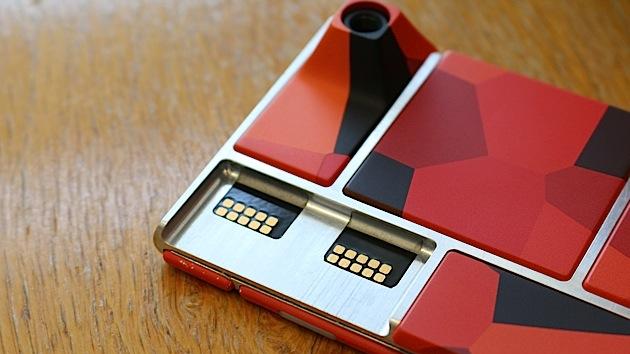
Toshiba's vision for Project Ara extends to wearables and beyond
Project Ara is primarily focused on building a modular smartphone in the hopes of changing the industry, but is that the only type of mobile device on the drawing board? Absolutely not. An executive at Toshiba, one of Google's partners on the project, just revealed that his company's vision of the concept goes beyond smartphones. Shardul Kazi, Senior VP and Technology Executive at Toshiba, posited that devices like smartwatches (and beyond, he says) could also take advantage of Ara's blocky component modules, which allow you to mix and match whatever features and components you want to have.

Google's Project Ara wants to revolutionize the smartphone industry within a year
The night before Google's Advanced Technology and Projects (ATAP) division was supposed to show off the one and only functional Project Ara prototype to a room full of eager developers, someone dropped the phone and broke the display. At any other product reveal, this worst-case scenario would be a nightmare come true. Not to Google: The company made lemonade out of a lemon by turning it into a selling point for the modular smartphone. A year from now, painful situations like this might be easily fixed by simply buying a new display and swapping out the broken one. Not that it would've made much of a difference if last night's fiasco never happened. Attendees at this week's Project Ara developer conference wouldn't have been able to boot up the prototype and play around with it like any typical smartphone -- in this case, "functional" is not the same as "functioning" -- but at least it would've made for a better presentation. Regardless of how it looked, however, we were able to briefly handle the Project Ara prototype and some of its first modules. To be clear, this is an extremely early model and there's a long way to go before it sees the light of day, but it at least allows us to get a good glimpse of what's to come over the next year as Ara continues to prepare for launch.


